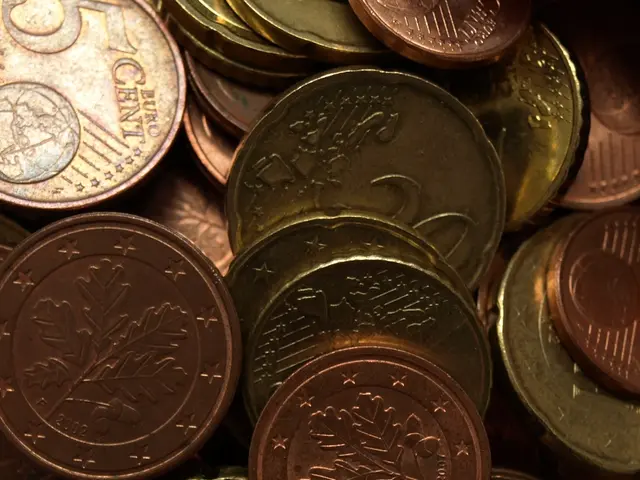Government sources suggest potential restructuring of GST rates, with the implementation of two new slabs at 5% and 18%, eliminating the existing slabs of 12% and 28%.
Simplified GST Slabs Announced in India: Essentials to Become Cheaper, Luxury and Sin Goods Taxed Heavier
In a significant move aimed at simplifying the tax structure and making essential commodities more affordable, the Indian government has proposed changes to the Goods and Services Tax (GST) slabs. The reforms, announced by Prime Minister Narendra Modi, will primarily consolidate most goods and services under two main rates: 5% and 18%, with an additional special 40% slab for sin and luxury goods [1][2][5].
Key Details of the Proposed GST Slab Changes
- The 5% slab will cover essentials and daily-use goods such as packaged food, clothing, shoes, bicycles, medicines, medical equipment, and some insurance premiums.
- The 18% slab will apply to most other goods and services including items previously taxed at 18% and most goods from the old 28% slab (about 90% of items previously at 28% will move down to 18%).
- The 40% slab is reserved for sin goods such as tobacco and luxury items, including luxury cars and SUVs.
- About 99% of items under the current 12% slab will move to the 5% slab, reducing the tax burden on a large number of goods [1][2][3][4].
Impact on Consumer Goods and Sectors
- Essentials and daily-use items like footwear under ₹1,000, clothing, ghee, and several FMCG items will become cheaper under the 5% slab.
- The auto sector stands to benefit as small cars and two-wheelers under 350cc are proposed to be taxed at 18%, potentially lowering prices, while SUVs will fall under the 40% slab.
- Health and life insurance premiums, along with medical equipment, may see reduced or nil GST rates, lowering household expenses.
- Other sectors like real estate (cement), agriculture equipment (tractors), and travel/hospitality (cheaper business-class tickets and hotel stays under ₹7,500) are expected to benefit from these revised GST rates [3].
Timeline for Implementation
- The reforms were approved by a Group of Ministers on GST rate rationalization in August 2025.
- The Goods and Services Tax Council is expected to discuss and finalize these changes in a meeting scheduled for early September 2025.
- Prime Minister Narendra Modi promised to implement the reduced GST rates before Diwali of 2025, indicating an official rollout likely by October–November 2025 [1][2][5].
The proposed changes are part of the government's efforts to review GST after eight years of implementation. The GST Council meeting will discuss and finalize the changes, with the Central Government proposing to eliminate the existing 12% and 28% GST slabs. A high-power committee has been set up for the review of GST, as per PM Modi's statement. The reforms are expected to benefit small businesses and entrepreneurs, as stated by the Prime Minister [6]. The GoM and state governments are yet to review and finalize the proposed GST reforms.
References:
- Economic Times
- NDTV
- Livemint
- Business Standard
- Financial Express
- India Today
The Indian government's proposed GST slab changes will primarily consolidate essential commodities and daily-use goods under a lower rate of 5%, while luxury and sin goods such as tobacco and luxury cars will be taxed at 40%. (First sentence)
Under the revised GST rates, essentials like packaged food, clothing, and medicines will become more affordable, while luxury items like SUVs will be taxed heavier. (Second sentence)








